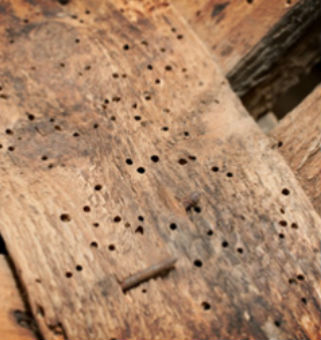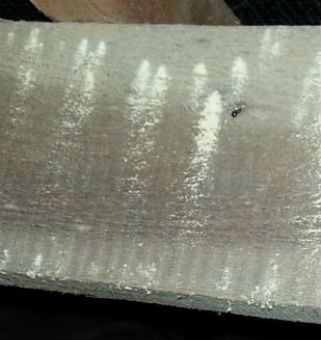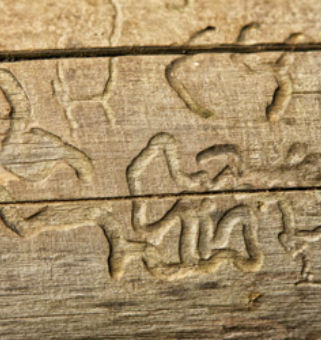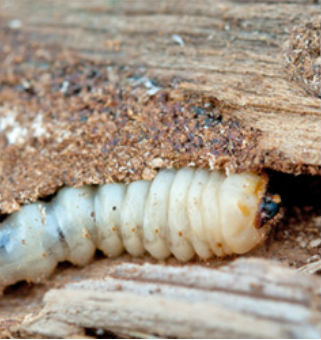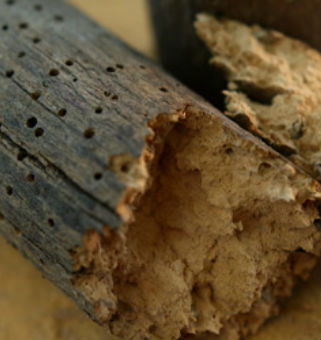Wood Borer Treatment in Pune

Providing Best Wood Borer Control & Wood Borer Treatment in Pune
How to get rid of wood borers?
- Treatment of any bare wood can be done with solvent based insecticidal borer fluid. Solvent based insecticides can be used with turpentine oil or kerosene as it will penetrate deep into the timber and will kill tunnel making larvae as they eat the wood.
- Always try to keep frnitres, doors and any wooden items in dry place as Wood boring beetles are mostly attracted to the moisture content.
- Seal cracks and crevices on wood surfaces to avoid wood borer from breeding make sure to seal the cracks on wood surface.
- Remove any infected wood item that has come in contact with wood borer to avoid spreading of infestation to another area.
- For higher infestation problems always use a Pest Control Expert. They will inject flight holes in painted, varnished or polished timbers with aerosol injection fluid. The aerosol forces insecticide into the labyrinth created by the borer larva, killing any larva in the labyrinth or nearby. It also prevents adult beetles laying eggs in or around the flight hole.
Wood Borer Pest Control Services In Pune
Looking for Wood Borer Treatment in Pune
Then you are in the right place.

What are the signs of wood borers?
-

Fresh exit holes in timber
The holes are created by the adult beetles emerging from the timber. They can be found all year round, but mainly form during summer months in temperate climate areas. The round or oval exit holes are 1- 2mm in diameter for the common furniture beetle and powderpost beetle, but 3-7mm for the larger house longhorn beetle. Woodworm exit holes will appear clean and fresh and often have sharp edges.
-

Bore dust or frass
Bore dust, also known as frass, is caused by emerging adult wood boring beetles. It is composed of faeces and wood fibre. It will usually be visible below the infested timber, but also, as in the photo, on the timber itself when it is at an angle.
-

Tunnels in wood
Tunnels in wood, also known as galleries are the result of the larvae of wood borer larvae boring through timber. These are usually hard to see as, obviously, they are inside the wood, but can also become visible when timber is sawn or tight-fitting timber in a building is separated. The house longhorn beetle larva at first may stays near the surface of wood and can leave a blister like appearance on the surface. The larva is much larger than the other wood borers so its tunnels are also larger at up to 7.5 mm in diameter.
-

Wood borer larvae
Wood borer larvae are usually a creamy-white colour and curved in shape. However, these are rarely seen unless infested timber is sawn or broken open as they spend all their time in the wood.
-

Crumbling wood
Crumbling wood is caused by multiple tunnels and rotting wood. It can often first be found around corners or edges of roof joists or floorboards.

